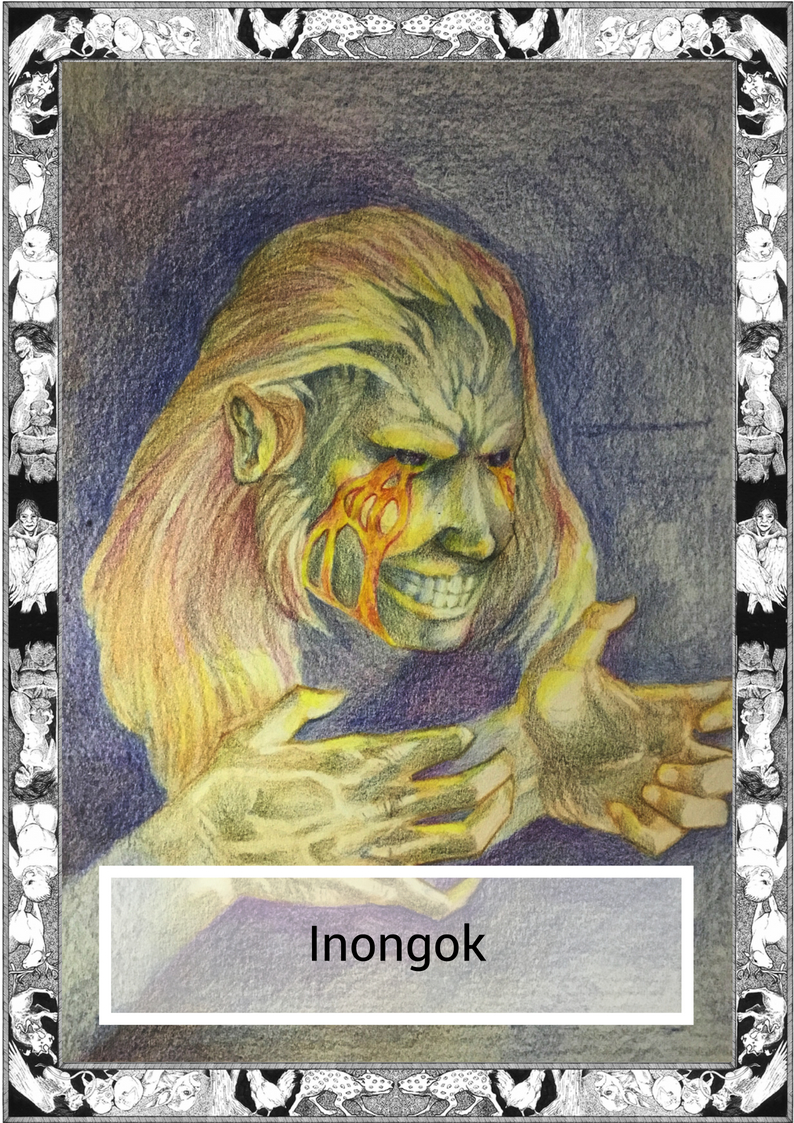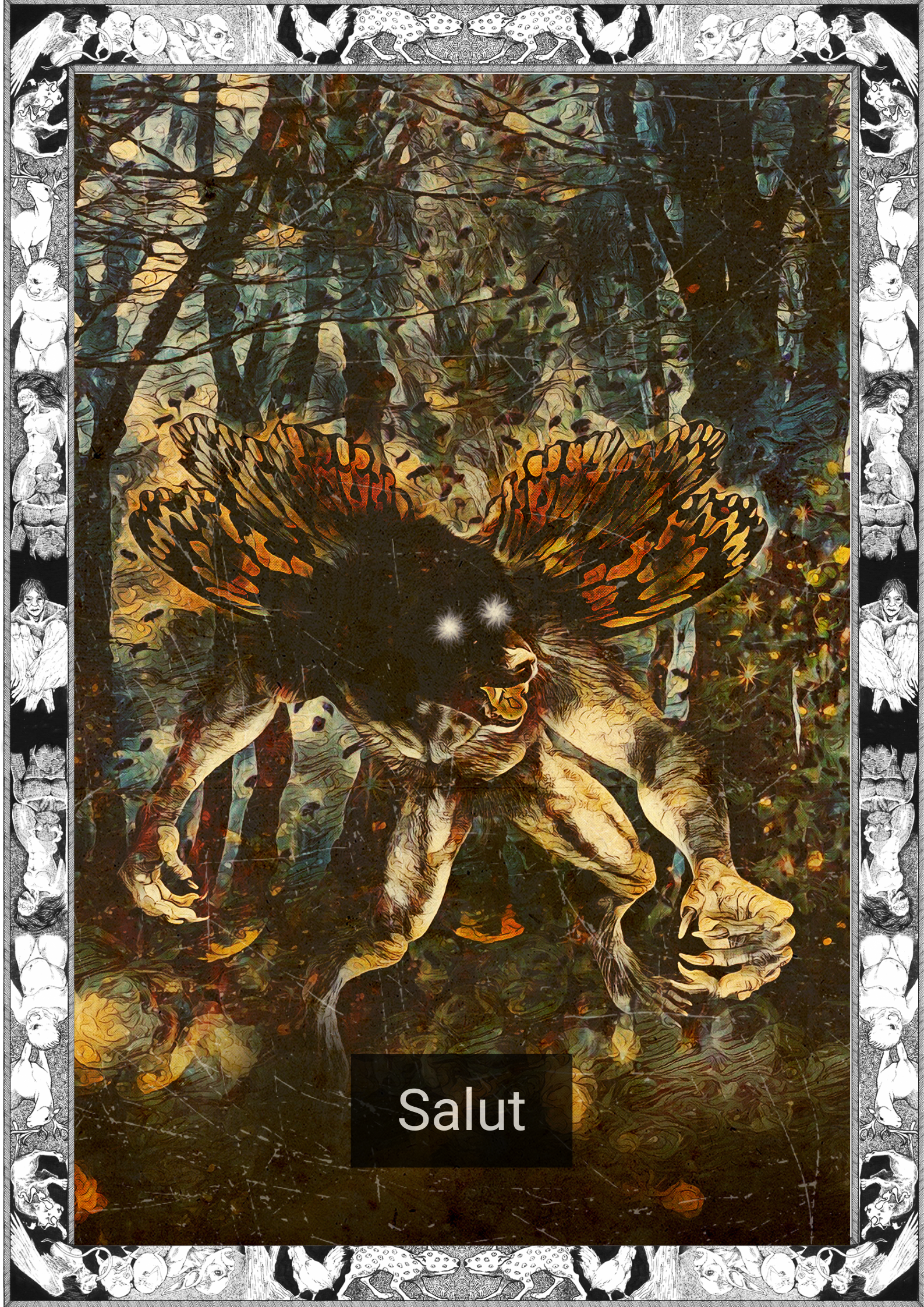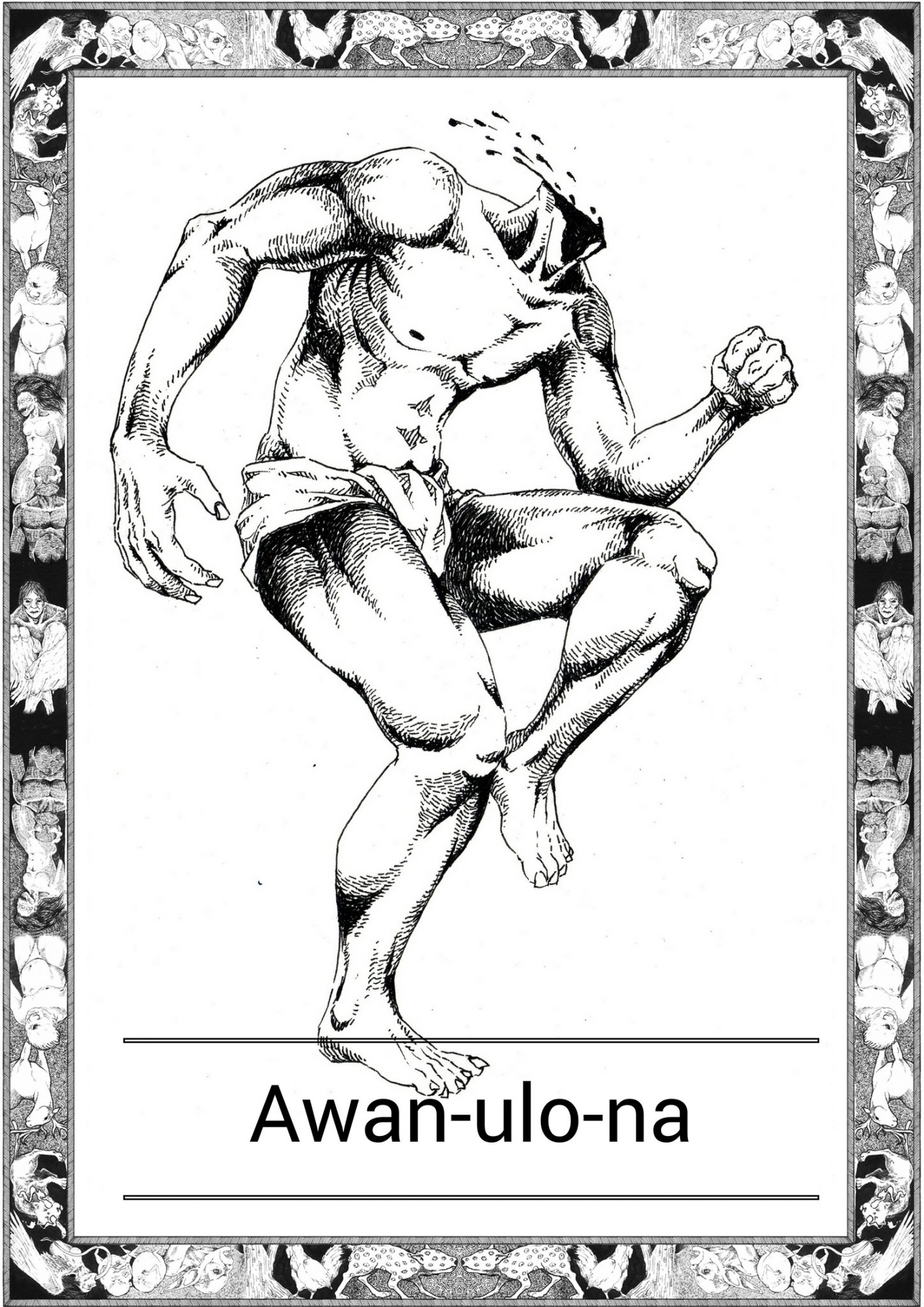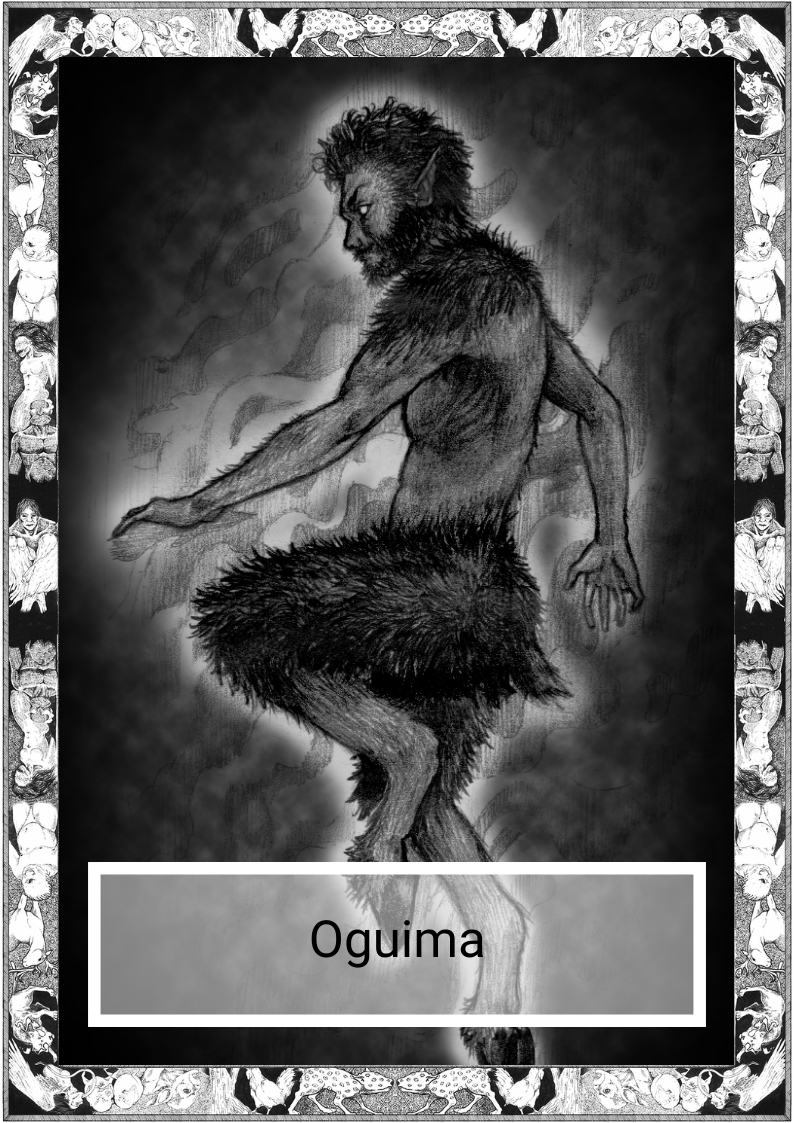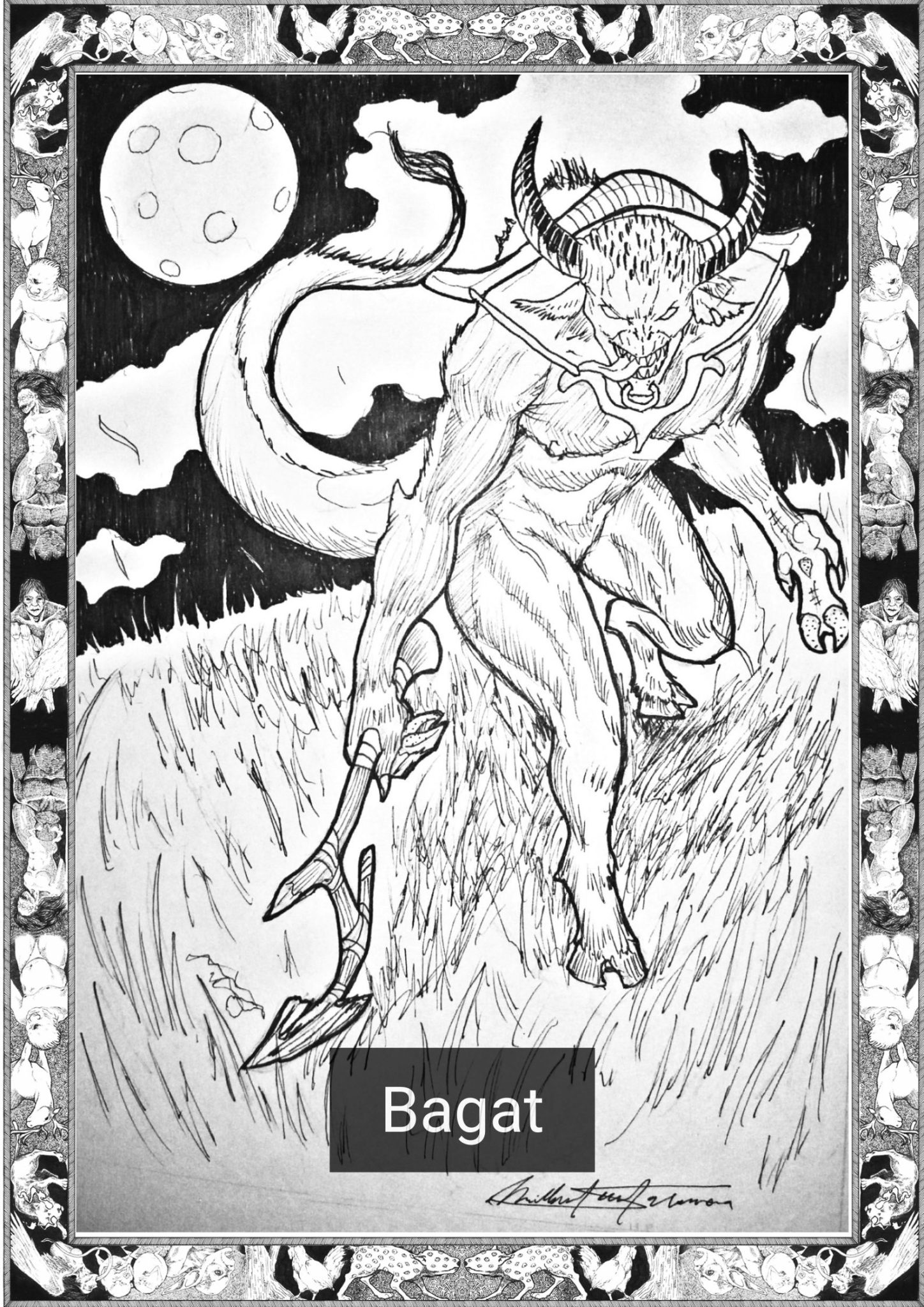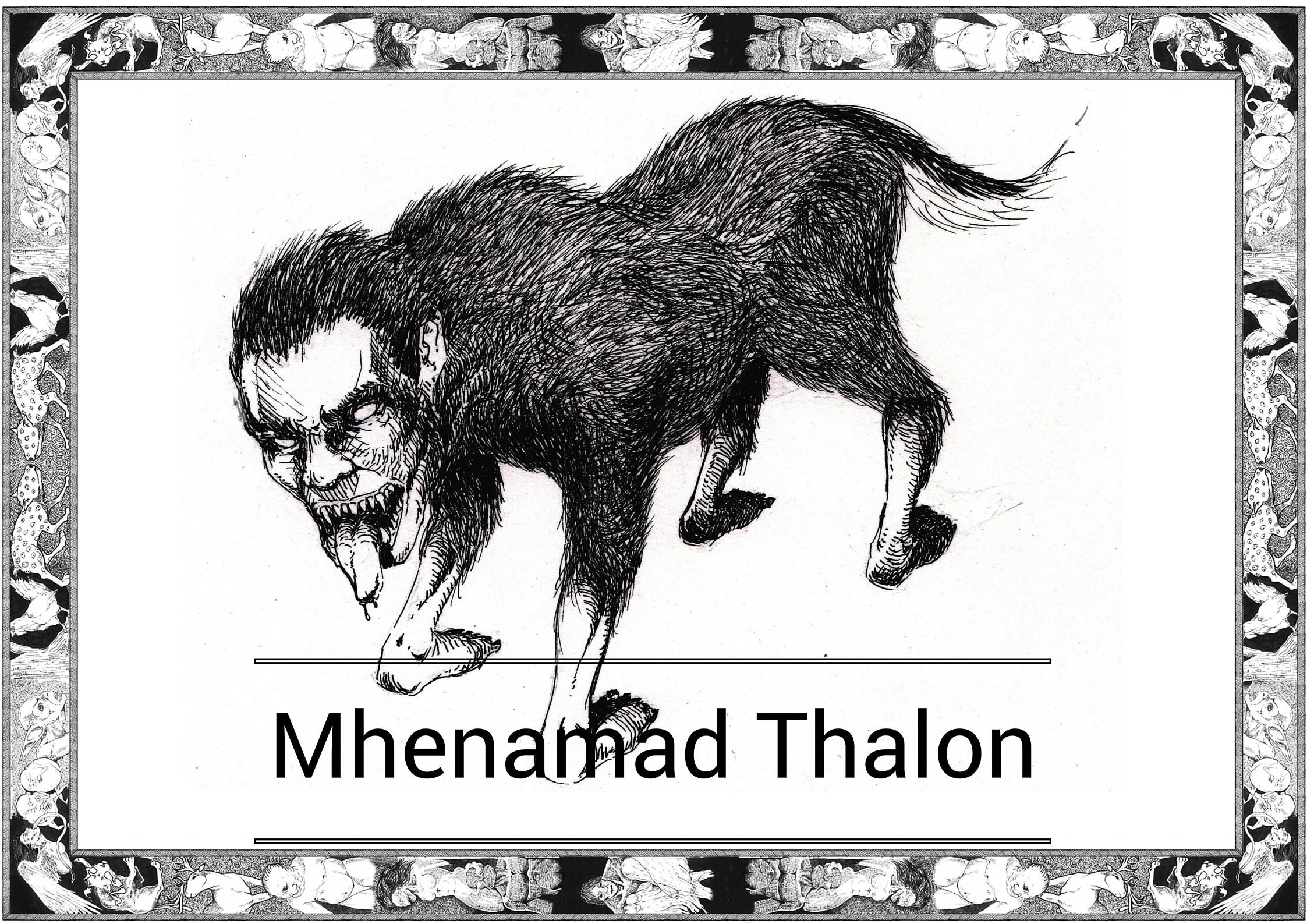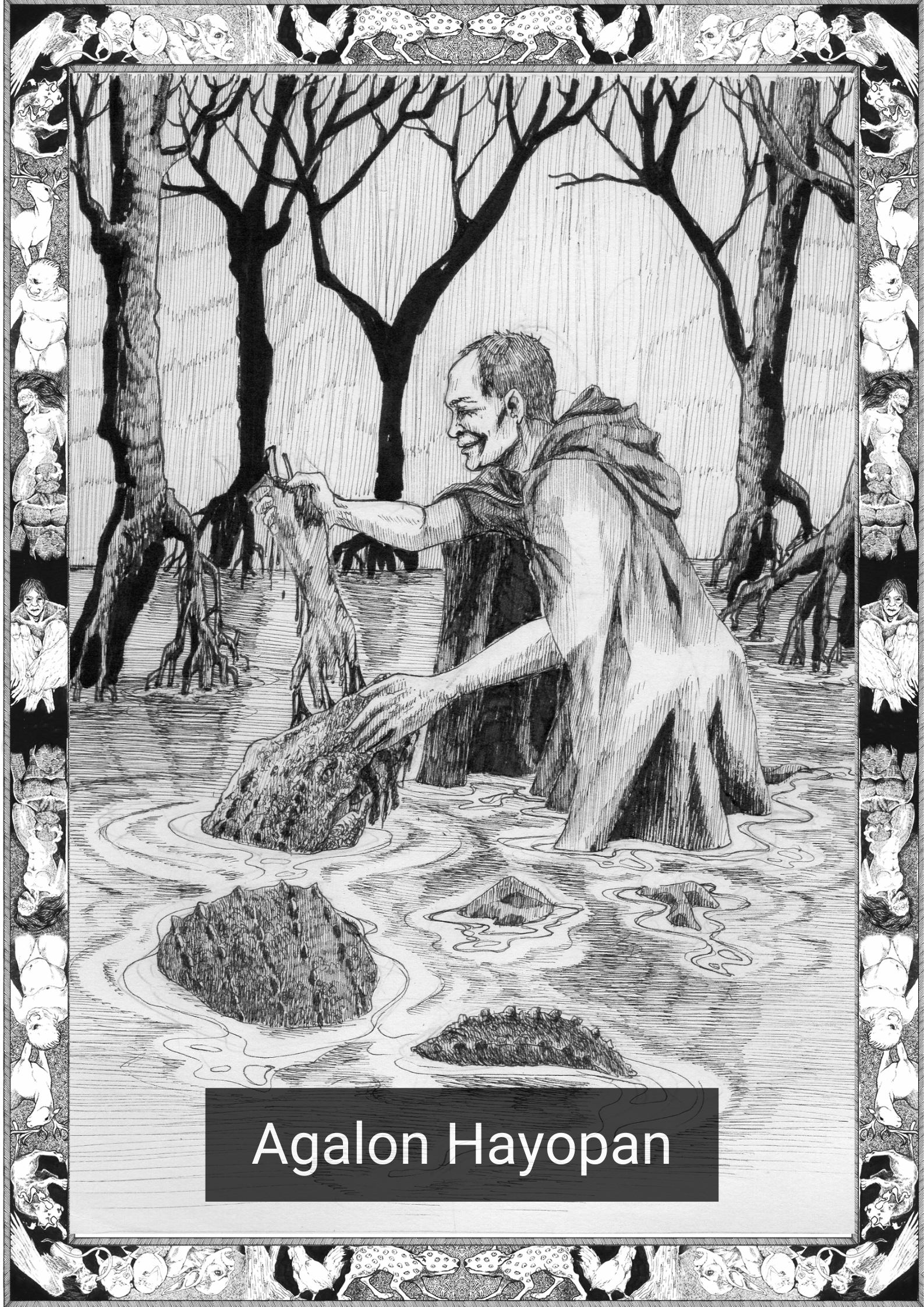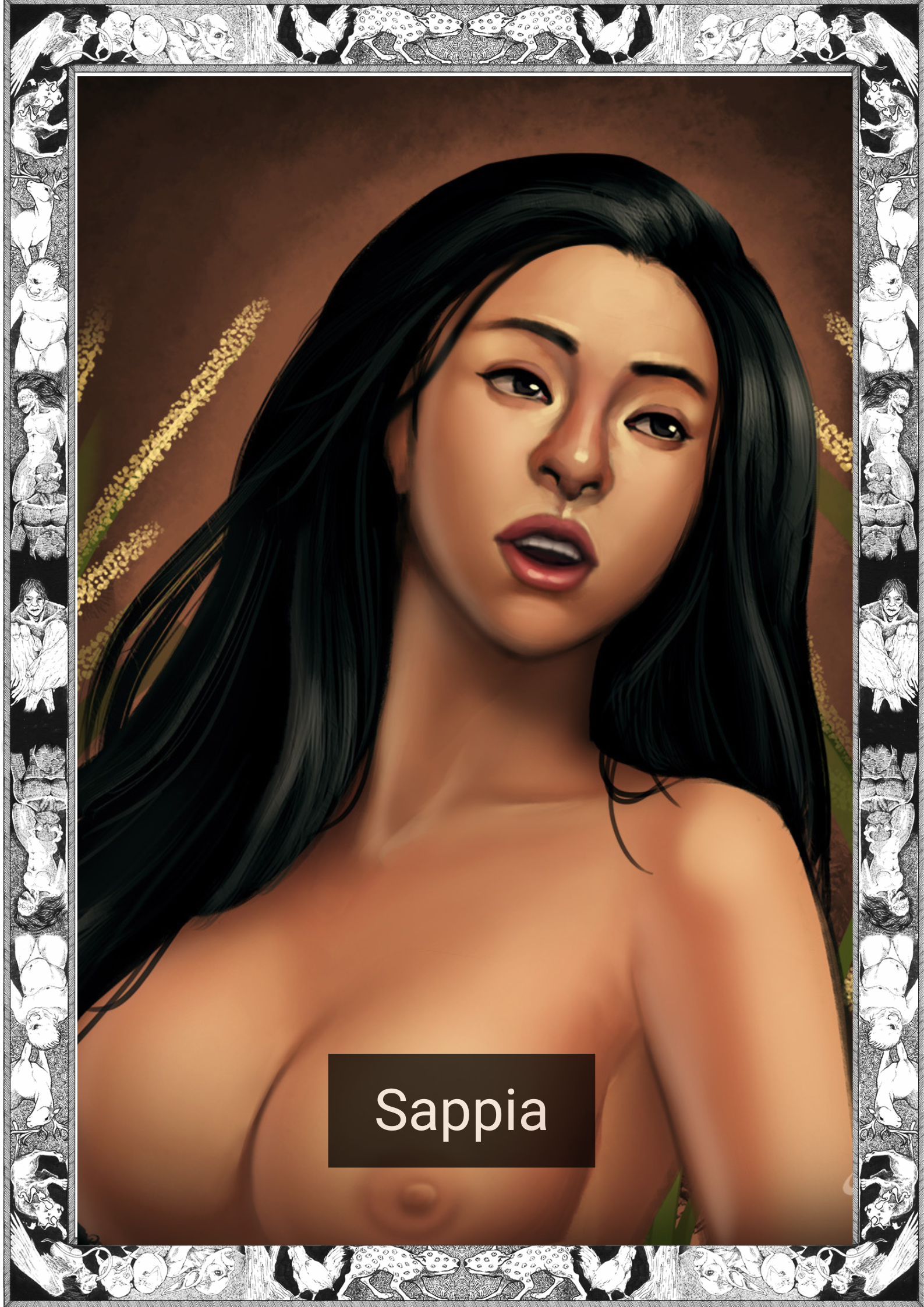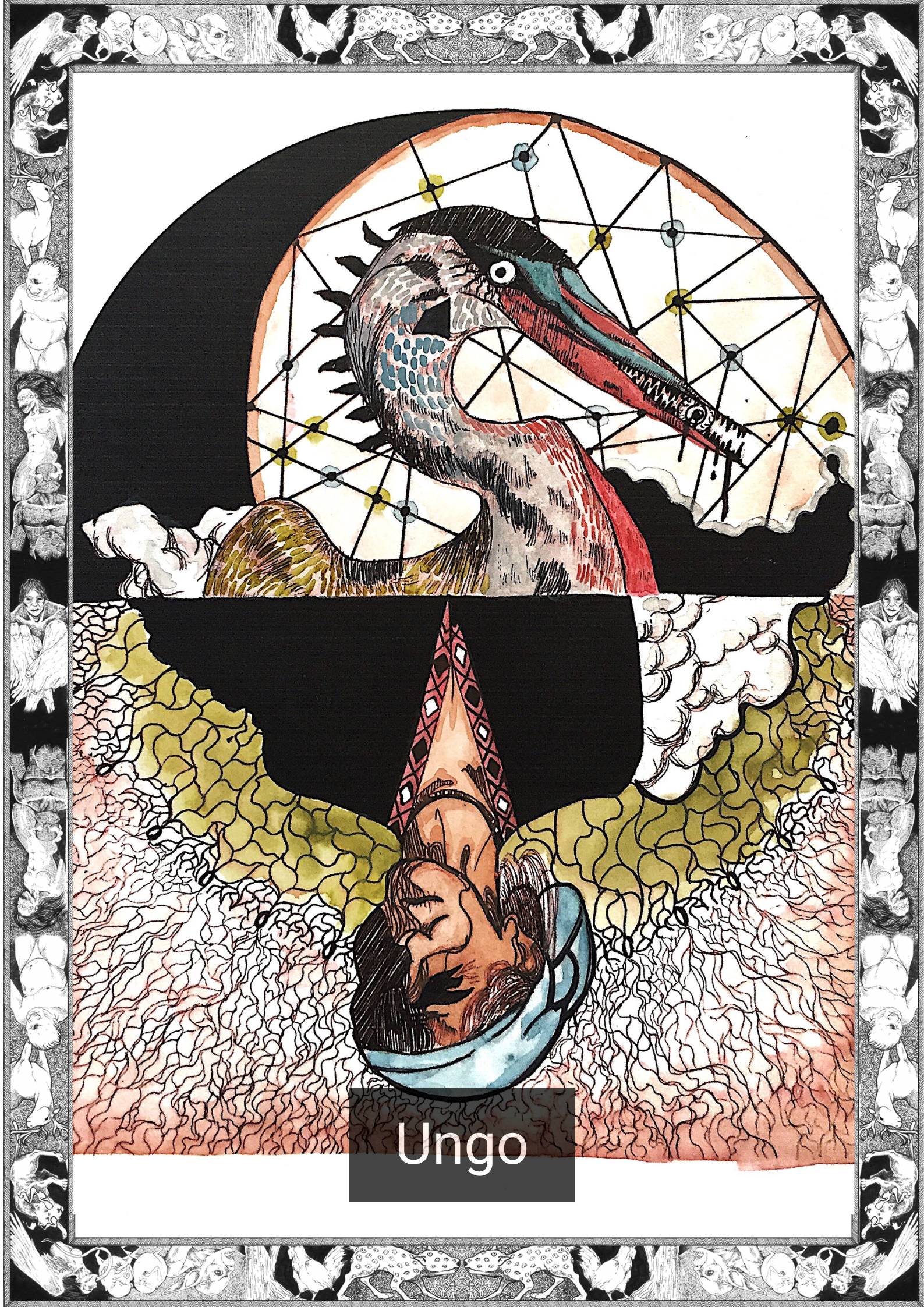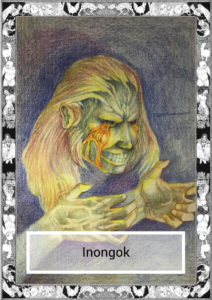
*Note this story is in Hiligaynon
Nakita ko siya sang kagab-ihon Kung diin wala ang bulan
Ang tinuga nga naga luha sang kalayo
Ging kadtuan ko siya kag namangkot
Luha bala ina sang kasubo?
Ukon kaakig?
Wala siya nagsabat
Mas nag damo ang ilig sang luha nga kalayo sa iya mata
Amo gani nanumdom man ako
Abi bala niya nahadlok ako?
Sang pula kag naga sidlak nga balanaw
Sang madulom nga kagab-ihon
Indi niya ako pag hatagan sang sabat
Gusto lang niya ako pahalinon
Pero gusto gid ya mahibal-an
Kadamo klase sang kasubo
Kadamo klase sang kaakig
Kag siguro, kinalain-lain man nga klase sang kasadya
Ang madulom nga mata niya, nagatulok saakon
Mga mata nga naga tabiris sang kalayo sa duta
Nang halayaon siya sang makapila
Asta nga nag abot ang makasililaw nga kasanag sang tuip.
Madasig siya nga nadula
May ara lang danaw sang pula nga dagta
Ebidensya sang iya paghalin
Bwas magabalik ako
Kag sa masunod pa nga mga gab-i
Para mamangkot sa nagahibi nga tinuga
Kung ano ang buot silingon sang iya mga luha
-=——————————————–=-
English Version
It was a moonless night when I saw him
The man who cried fire
I went up to him and asked why
Were they tears of sadness?
Or anger?
He did not reply
The more I asked
The more fire fell from his eyes
And I began to wonder
Does he think I am frightened?
By the pool of glittering red
By the darkness of the night sky
He would not give me an answer
And sought to push me away
But I needed to know
There were different kinds of sadness
Different kinds of anger
And maybe even different kinds of joy
He looked at me with his jet black eyes
Pouring flames onto the ground
He wept for several eternities
Until the light broke from the horizon
And in an instant he was gone
With only a puddle of red
As evidence of his passing
Tomorrow I will return
And the night after that
To ask the crying man
What is behind his tears
————————–
*The Hiligaynon language, also colloquially referred often by most of its speakers simply as Ilonggo, is an Austronesian regional language spoken in the Philippines by about 9.1 million people, mainly in Western Visayas and SOCCSKSARGEN, most of whom belong to the Visayan ethnic group, mainly the Hiligaynons. It is the second-most widely spoken language and a member of the so-named Visayan language family and is more distantly related to other Philippine languages.
Written by Karl Gaverza
Hiligaynon translation by Eloiza Gaduyon
Copyright © Karl Gaverza
Translation Copyright © Eloiza Gaduyon
Inongok Illustration by Joshua Hamangal
IG: https://www.instagram.com/
